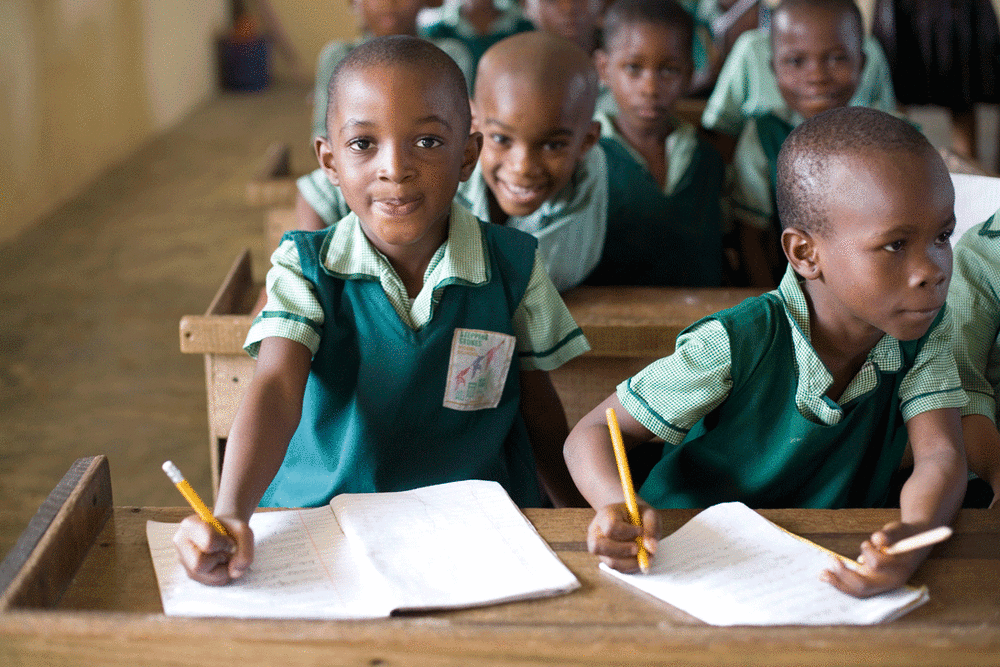
A new report has shown that close to seven million students from primary and secondary schools could drop out due to the income shock of novel coronavirus pandemic.
JOIN US FOR MORE ON:
or
or Follow us on WhatsApp Channel
The report published by World Bank Group (Education), using data on 157 countries revealed that both the global level of schooling as well as learning would fall.
The report presents the results of simulations considering different lengths of school closure (three, five, and seven months) and different levels of mitigation effectiveness (mostly remote learning), resulting in an optimistic, intermediate, and pessimistic global scenario.
According to the report titled, “Simulating the potential impacts Of COVID-19 school closures on schooling and learning outcomes: A set of global estimates, the pandemic could result in a loss of between 0.3 and 0.9 years of schooling adjusted for quality, bringing down the effective years of basic schooling that students achieve during their lifetime from 7.9 years to between 7.0 and 7.6 years.
“Close to seven million students from primary up to secondary education could drop out due to the income shock of the pandemic alone.
“In the absence of any compensatory actions when children return to school, students from the current school cohort could face, on average, a reduction of $355, $872, and $1,408 in yearly earnings depending on the scenario considered,” it added.
The report also stated that globally, a school shutdown of five months could generate learning losses that have a present value of $10 trillion.
“By this measure, the world could stand to lose as much as 16 percent of the investments that governments make in this cohort of students’ basic education.
“Without drastic remedial action, the world could thus face a substantial setback to the goal of halving the percentage of learning poor and be unable to meet the goal by 2030.”
The world is undergoing the most extensive school closures ever witnessed. To combat COVID-19, more than 180 countries mandated temporary school closures, leaving, at its peak in early April, close to 1.6 billion children and youth out of school. By the end of May 2020, 20 school systems had opened partially, and about 1.2 billion students remained out of school. Most countries are projecting school closures to last through the summer (or winter break).
The education system is witnessing an extraordinary twin shock: school closures needed to fight the pandemic and a widespread global economic recession. Unemployment numbers are on the rise, family incomes are falling, and governments’ fiscal space is shrinking.
The report recommended the need for mitigation, recovery, and “building back better” strategies.
“This includes effective remote learning strategies to provide learning continuity while schools are closed using multiple education technology solutions (radio, television, mobile phones, digital/online tools, and print) with support to students, teachers, and parents.
“Governments should also implement appropriate actions to accelerate learning by building more equitable and resilient post-COVID education systems that enable children to learn continuously both in schools and at home.”
Source: Guardian
Originally posted 2020-07-13 12:43:03.
